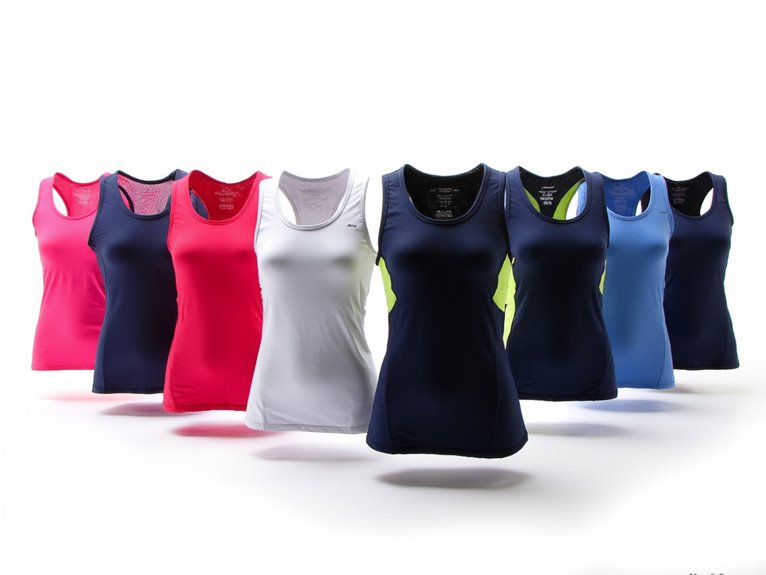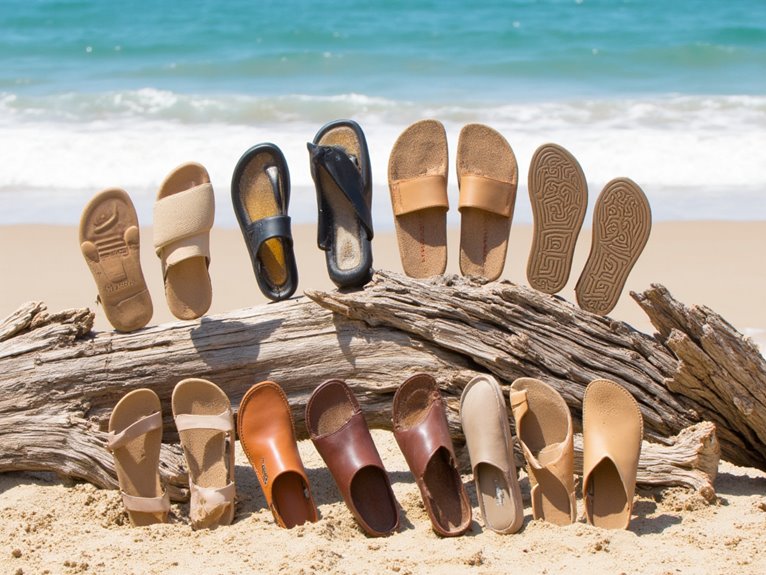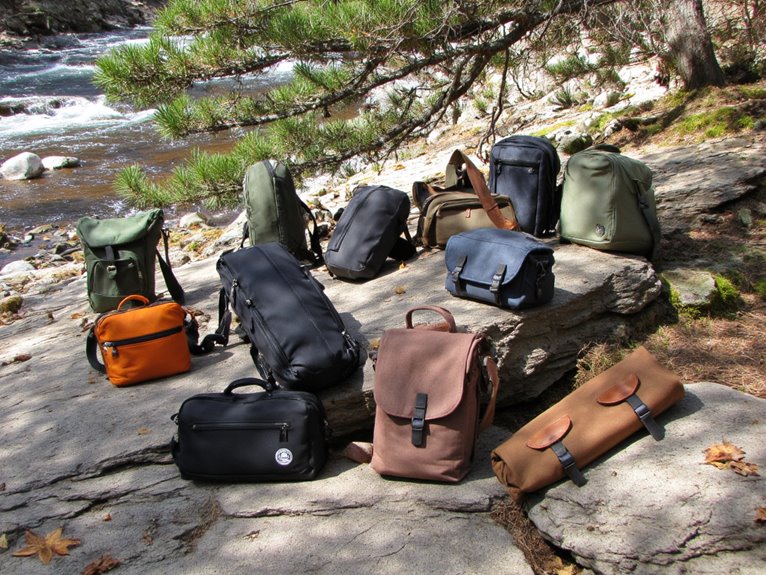How Heavy Is a Pack Raft?
Pack rafts can weigh anywhere from 3 pounds for ultralight models to over 40 pounds for heavy-duty versions, with the weight depending on factors such as material selection, design elements, and features. Ultralight options like Alpacka Scout weigh in at just 3 pounds, while mid-weight models like Kokopelli Raft weigh around 7 pounds, offering a balance between weight and performance. Heavy-duty models, designed for extended wilderness excursions, can weigh over 40 pounds. The right pack raft weight for you will depend on your specific needs and preferences, and exploring these options further will reveal the perfect fit.
We are supported by our audience. When you purchase through links on our site, we may earn an affiliate commission, at no extra cost for you. Learn more. Last update on 14th December 2025 / Images from Amazon Product Advertising API.
Weights of Popular Pack Raft Brands
When it comes to pack rafts, weight is a critical factor, and the popular brands on the market offer a range of options to suit different needs, with some models tipping the scales at a mere 2 pounds, while others weigh in at a more substantial 10 pounds or more.
For instance, the Alpacka Raft Scout weighs a mere 3 pounds, making it an ideal choice for ultralight enthusiasts.
On the other hand, the Kokopelli Raft weighs around 7 pounds, providing a more durable and stable ride.
Meanwhile, the Supai Raft by Aztron weighs in at around 9 pounds, offering a balance between weight and performance.
Factors Affecting Pack Raft Weight
In regards to pack raft weight, several factors come into play, influencing the overall weight of the craft.
The selection of materials, design elements, and features all contribute to the final weight of the pack raft, with each component having a significant impact.
Material Selection
The type of material used in a pack raft's construction has a profound impact on its overall weight, with different materials offering varying levels of durability, water resistance, and, of course, weight reduction.
When it comes to pack raft materials, some options stand out for their weight-saving benefits.
- Ultralight nylon: This material is a popular choice for pack rafts due to its exceptional strength-to-weight ratio, making it an excellent option for those looking to shave off precious ounces.
- PU-coated polyester: This material offers a durable and water-resistant construction while keeping weight to a minimum, making it an attractive choice for pack raft enthusiasts.
- Silnylon: A hybrid material that combines the strength of nylon with the water resistance of silicone, silnylon provides an excellent balance of durability and weight reduction.
Design and Features
Designed to maximize portability and performance, pack raft design and feature considerations play a significant role in determining the overall weight of the craft.
A well-designed pack raft should balance weight reduction with durability and functionality.
Features such as removable seats, adjustable footrests, and customizable storage compartments can add weight, but also improve user experience.
The type and number of attachment points, D-rings, and tie-downs also impact weight.
In addition, the shape and size of the raft, including the tube diameter, floor design, and pontoon shape, all influence the overall weight.
Ultralight Pack Raft Options
Weighing in at a mere 3.5 pounds, the Alpacka Scout is a rugged yet featherlight pack raft option that has garnered a cult following among thru-hikers and ultralight enthusiasts.
For those seeking an ultralight pack raft, there are several options to explore:
- Alpacka Scout: 3.5 pounds, $995
- Klymit LWD Raft: 4.9 pounds, $799
- Aire Super Scout: 5.5 pounds, $1,195
These ultralight pack rafts are designed to provide a reliable and portable option for those who prioritize weight savings. While they may not offer the same level of durability as heavier models, they are perfect for minimalist adventurers who need a lightweight, compact, and reliable raft.
Mid-Weight Pack Raft Models
Mid-weight pack rafts, bridging the gap between ultralight and heavy-duty models, offer a compromise between weight and durability, making them an attractive choice for many paddlers.
These models typically weigh between 10-20 pounds, making them portable enough for solo backpackers while still providing a robust build for tackling rough waters.
Mid-weight pack rafts often feature durable materials, such as 210-denier nylon or polyester, which provide a balance between weight and abrasion resistance.
Additionally, they may incorporate reinforced seams, heavy-duty valves, and robust inflation systems, ensuring a reliable and stable ride.
Heavy-Duty Pack Raft Specifications
When it pertains to heavy-duty pack rafts, specifications are vital in determining their overall performance and durability.
Two key aspects to examine are the weight and materials used, as well as the packed size dimensions, which greatly impact the raft's portability and storage.
Weight and Materials
Heavy-duty pack rafts, designed to withstand the rigors of extended wilderness excursions, typically feature robust materials that inevitably add to their overall weight, with some models tipping the scales at upwards of 40 pounds or more.
The weight of a pack raft largely depends on the materials used in its construction.
Durable fabrics, such as heavy-duty nylon or polyester, provide exceptional strength and durability, but also increase the overall weight.
Rugged frames, made of sturdy aluminum or steel, add structural integrity, but contribute to the raft's heft.
Inflatable tubes, which are thicker and more puncture-resistant, provide added buoyancy, but also increase the raft's weight.
When choosing a pack raft, it's essential to balance weight considerations with the need for durability and performance.
Packed Size Dimensions
Typically, a packed heavy-duty pack raft measures between 18 and 28 inches in length, 10 to 14 inches in width, and 6 to 8 inches in height, making them compact enough to be easily carried on long backpacking trips.
These dimensions allow for effortless storage in a backpack or on a bike, facilitating that you can take your pack raft wherever your adventure takes you.
The compact size also makes it easy to stow away in a kayak or canoe, providing an added layer of versatility.
When selecting a pack raft, it's essential to weigh the packed size dimensions to guarantee a comfortable and convenient carrying experience.
Tips for Reducing Pack Weight
Every ounce counts in the domain of pack rafting, and savvy adventurers know that shedding even a few pounds from their load can make a significant difference in their overall comfort and performance.
In the sphere of reducing pack weight, every little bit helps.
Choose multi-use gear: Select items that serve multiple purposes, reducing the need for duplicate items in your pack.
Opt for lightweight materials: In the pursuit of shaving ounces, opt for gear made from lightweight materials, such as titanium or silicone, to shave precious ounces from your load.
Pack only the essentials: Be ruthless when it comes to editing your gear list – if you don't absolutely need it, leave it behind.



